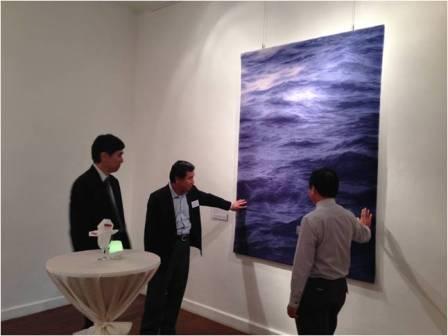
From the 10th February 2015 to the 10th March 2015, "Yamagata Dantsu" Carpets, which is Yamagata’s high quality carpets, have been displayed in JCC in the cooperation with Yamagata Prefecture. These exhibits have been made by the same exclusive manufacturer of carpets for The Imperial Palace, Fukiage Omiya Palace, State Guest House, Vatican Palaces and Kabukiza Theatre. If you're interested in " Yamagata Dantsu" Carpets, please do visit JCC by the 10th March 2015.
About the Designer of "Yamagata Dantsu" Carpets
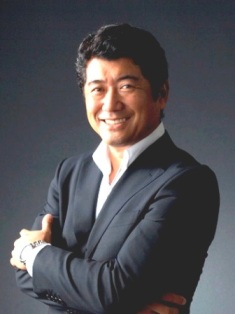
Ken Kiyoyuki Okuyama
Industrial Designer/CEO, KEN OKUYAMA DESIGN
He was born in Yamagata Japan 1959. Ken has worked as a Chief Designer for General Motors, a Senior Designer for Porsche AG and a Design Director for Pininfarina S.p.A., He was in charge of the designs for Ferrari Enzo, Maserati Quattroporte and many other cars. He is also known for his designs for numerous products such as motorcycles, furniture,robots and architecture.
in 2007 KEN OKUYAMA DESIGN started to provide business consultancy services to many corporations. Ken also produces cars, eyewear, interior products under his original brand. He's currently a visiting professor at several universities and also a publisher of many books.
What is Yamagata Dantsu ?
Yamagata Dantsu by Oriental Carpet Mills Ltd.
Hand-Woven Yamagata Dantsu
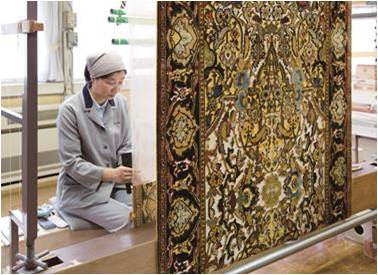
Dantsu (a type of rug with weft, warp, and pile that is attached to the warp and used to provide thickness and make patterns) are hand-woven by veteran weavers.Woolen threads (pile threads) are tied to the cotton warp that is stretched out over a weaving stand. The weaver ties each individual thread while reading a design that he or she can see over the warp. A veteran weaver can only weave about 7 or 8 centimeters a day even in the case of rugs with the size of shoulder width.
Hand-Sewn Yamagata Dantsu
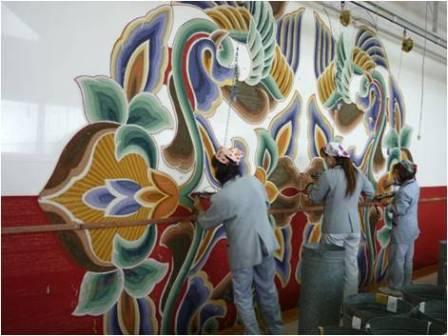
Sewers use a special tool called a "tufting gun" to manipulate threads and weave rugs. Sheep's wool (pile thread) is inserted into the cotton foundation cloth stretched over the weaving stand. The same carefully selected sheep's wool that is used to make the hand-woven dantsu is used, but the finished product is completed more quickly than a hand-woven dantsu. This process makes it possible to provide a high-quality product at a relatively low price.
Oriental Carpet Mills Ltd.’s unique technique
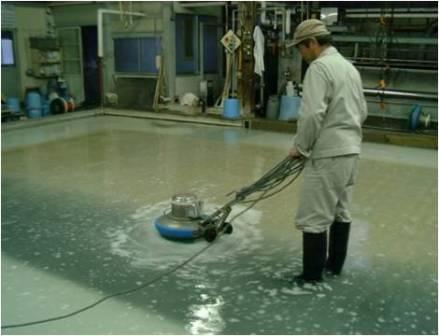
It is well known that the more you use wool rugs, the more beautiful their sheen becomes and the more wonderful they feel to the touch. That's why the company developed their own unique "mercerization" finishing for wool rugs. The company has made it possible to imbue brand new rugs with the sheen, feel, and smoothness of a vintage rug. This processing subtly changes the coloring of the wool and requires techniques that only the company has developed, such as anticipating-at the dyeing stage-how the color of each colored thread will change. The company is the name in premium rugs.
As a means of revitalizing the impoverished local community, the company invited 7 experts on dantsu (a type of rug with weft, warp, and pile that is attached to the warp and used to provide thickness and make patterns) from China (Beijing) to Yamanobe Town, Yamagata Prefecture, received training from them, and started making genuine, high-quality dantsu.
Since then, the company has produced hand-woven and hand-sewed dantsu while handling all steps of the production process, from spinning, to dyeing, to weaving, to a variety of finishing operations within the company.
The company’s rugs can be found in a variety of important places both within Japan and around the world, including Kokyo Shin-kyuden (the New Japanese Imperial Palace), Fukiage Gosho (Fukiage Imperial Palace), Geihinkan Akasaka Rikyu (Akasaka Imperial Villa), Kyoto Geihinkan (Kyoto State Guest House), the Vatican, the Japanese Embassy in the US, the Roosevelt Memorial, and Japanese local government office buildings all around the country.
"Yamagata Dantsu" represents tradition and techniques in rug making that have evolved in Japan as a continuation of the tradition of Chinese dantsu techniques.
|